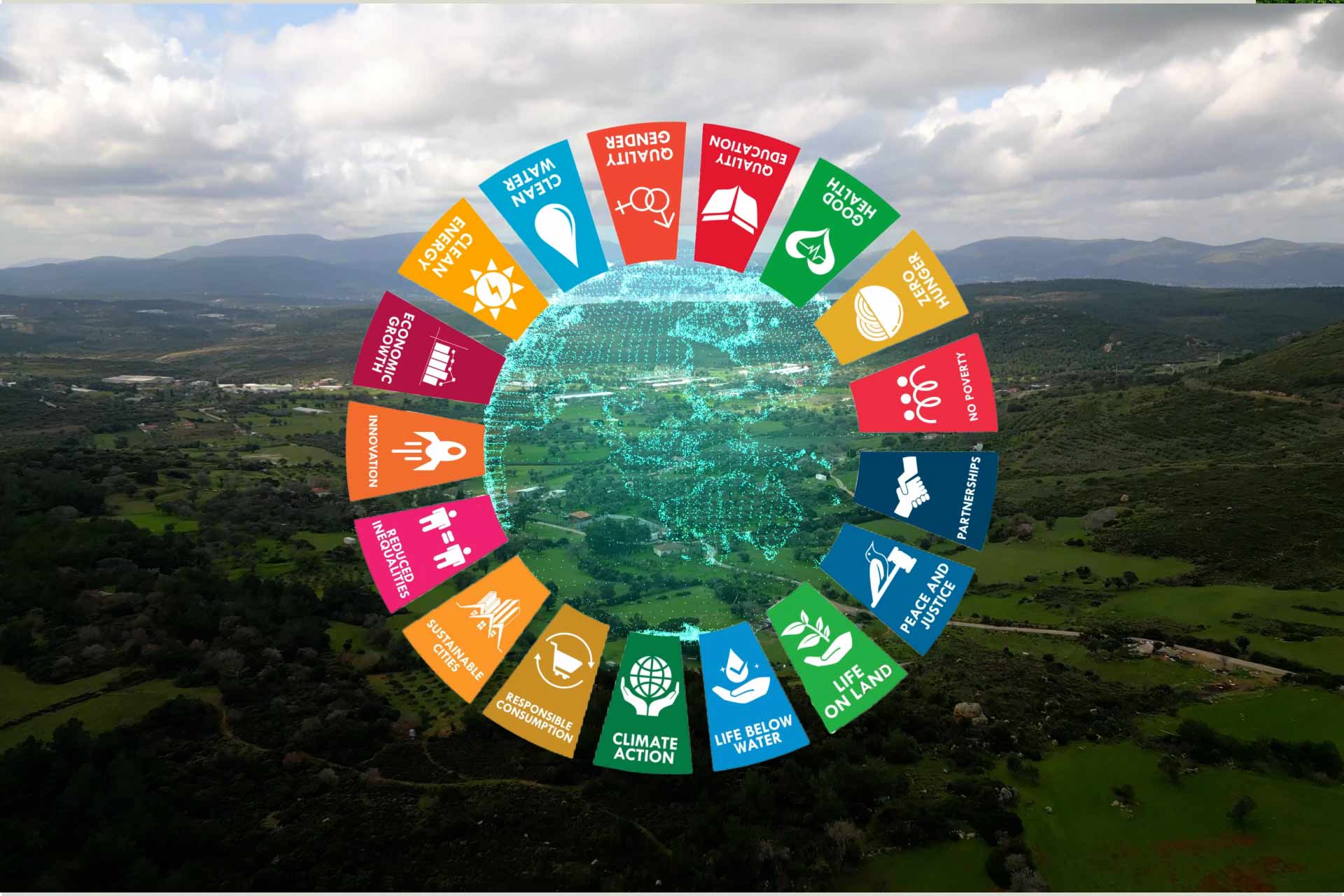
Dr Manuel F. Ramirez presents a new classification of climate imaginaries that explains how understanding and actions to address the climate crisis change over time.
Manuel’s investigation refutes the idea that all climate imaginaries are the same, suggesting there are three main kinds of imaginaries, and also different ways to engage with them.
The findings suggest climate imaginaries are not static and continually evolve, but slow reaction to the climate emergency is connected to organisations blocking the development of novel imaginaries.
Manuel’s study is part of a wider investigation that aims to unravel how new climate imaginaries are blocked at a micro-organisational level and how internal activists can facilitate a move towards more ambitious sustainable approaches.
Climate imaginaries and slow action against climate change
Climate change is here and getting worse, but we are not acting fast enough to address it.
Despite the growing number of natural disasters ravaging the planet and causing animal and human habitat loss, displacement and death, the need for radical action is generally met with slow responses from people, governments and corporations.
Several researchers have linked this sluggishness to climate imaginaries, which are collectively accepted man-made significations that guide human thinking and action on whether to address (or not) climate change and how.
The main implication is that to change how humans think and act in relation to the climate crisis, societies must change their fundamental significations—their imaginaries.
Adherence to different imaginaries leads to a variety of strategic approaches to sustainability.
For example, a ‘fossil fuels forever’ imaginary based on the idea that fossil fuels will always be available will lead organisations to keep things as they are.
On the contrary, a ‘sustainable lifestyles’ imaginary that assumes climate change is caused by our current economic system, would lead to the development of more sustainable living.
Prior research has identified a large list of climate imaginaries1, but often has failed to explain clearly how they emerge, change and relate to one another.
A new tree-like classification of climate imaginaries
To shed light on these questions, Manuel studied climate imaginaries through a qualitative analysis of the initiatives presented at the 26th UN Conference of the Parties (COP26) pavilion area.
The UN COP is a global conference to negotiate agreements on climate action, with the pavilions specifically dedicated to countries and NGOs presenting visions and proposed solutions.
Manuel analysed a variety of activities, including presentations, wall messages, videos, posters, brochures, merchandising, interactive workshops, models, etc, and semi-structured interviews with organisers.
The findings indicate there are three main types of interdependent imaginaries - trunks, branches and twigs - which receive varying levels of acceptance and can support or conflict with each other.
Manuel also identified three ways in which organisations engage with imaginaries by reinforcing (supporting an existing imaginary), branching off (presenting a new imaginary) and grafting (creating hybrid imaginaries)2.
The risk involved in supporting new climate imaginaries
While supporting each type of climate imaginary brings opportunities, the analysis also suggests different levels of risk for those engaging with them.
The trunk category refers to central imaginaries, such as ‘climate change’ or ‘science’3, that are widely accepted and reinforced individually or simultaneously by most climate actors.
Supporting a trunk entails the lowest risk and allows organisations to orientate action (eg developing technical solutions), connect their activities to the imaginary, even if it is not their main mission, and expand support to other related trunks.
Stemming from trunks are branches, which refer to non-universally shared imaginaries that endorse specific positions on climate change and can exist in tension with other branches.
For example, while both sit under the ‘climate change’ trunk, the ‘techno-market’ imaginary emphasises solutions based on technological innovation and market forces, and the ‘1.5°C’ imaginary stresses the need to keep temperatures below 1.5°C from the pre-industrial era4.
Choosing a branch involves higher exposure to criticism, but organisations may do so to show “progressiveness”, enabling them to demonstrate leadership in their area, be seen as pioneers and differentiate from competitors.
However, the riskiest position is for those reinforcing or branching off twig imaginaries, which are offshoots of branches that represent the most novel approaches to climate change.
Twigs are tertiary imaginaries currently not supported by an important group of people, leaving organisations open to critique because of their newness and potential to be a threat to hegemonical approaches.
For example, the ‘citizen’s role’ stems from the more accepted branch ‘sustainable lifestyles’ but opens questions about how promoters are managing climate change before asking people to commit to sustainable action.
Risk is even greater for those branching off (introducing) a new twig imaginary, such as the ‘cryosphere’ which stresses that icy parts of the world (eg ice caps, glaciers, polar caps) are central for the thermo-regulation of the planet.
While this twig strongly reinforces the ‘1.5°C’ branch and the ‘science’ trunk imaginaries, it also makes the controversial claim that efforts to contain global warming will fail if the ‘cryosphere’ imaginary is not embraced.
The same goes for the ‘methane’ twig, which emphasises limiting temperatures will only be possible if methane is considered in gas reduction agreements.
A starting point for new research avenues
Manuel’s research also provides a valuable starting point for researcher-practitioner collaborations exploring the creative imaginary process, including internal barriers and mechanisms to dismantle unsustainable imaginaries.
The study also highlights the importance of context in characterising imaginaries (eg while at societal level ‘climate change’ would be a branch compared to science or democracy, it becomes a trunk at the COP).
This means, future investigations must consider the “topic” around which climate imaginaries are developed and the “location” where they emerge and consolidate (eg big corporations, mass media, conferences).
Manuel also notes the importance of the medium used to convey imaginaries effectively, suggesting an interesting space for new research.
1 Other examples of climate imaginaries include: ‘techno-market’, ‘climate apocalypse’, ‘techno-optimism’, ‘ecological modernisation’, ‘disruptive innovations’, ‘system change’, ‘human hubris’, etc.
2 Grafting consists in presenting hybrid imaginaries that are the result of connecting two or more twigs, a branch and a twig form another branch or multiple branches.
3 In the context of COP26, the ‘science’ imaginary referred to science as something which anchors climate change in reality, focusing actions and grounding discussions into facts.
4 The Paris Agreement -1.5°C global warming target defines a point for the world to aim for to avoid many of the deadliest effects of climate change.
 |
Lecturer in Organisation Studies |
|
You can read Manuel’s thesis here: Ramirez, M.F. (2023). 'Changing imaginaries to address climate change : A study on the creation and change of climate imaginaries'. |